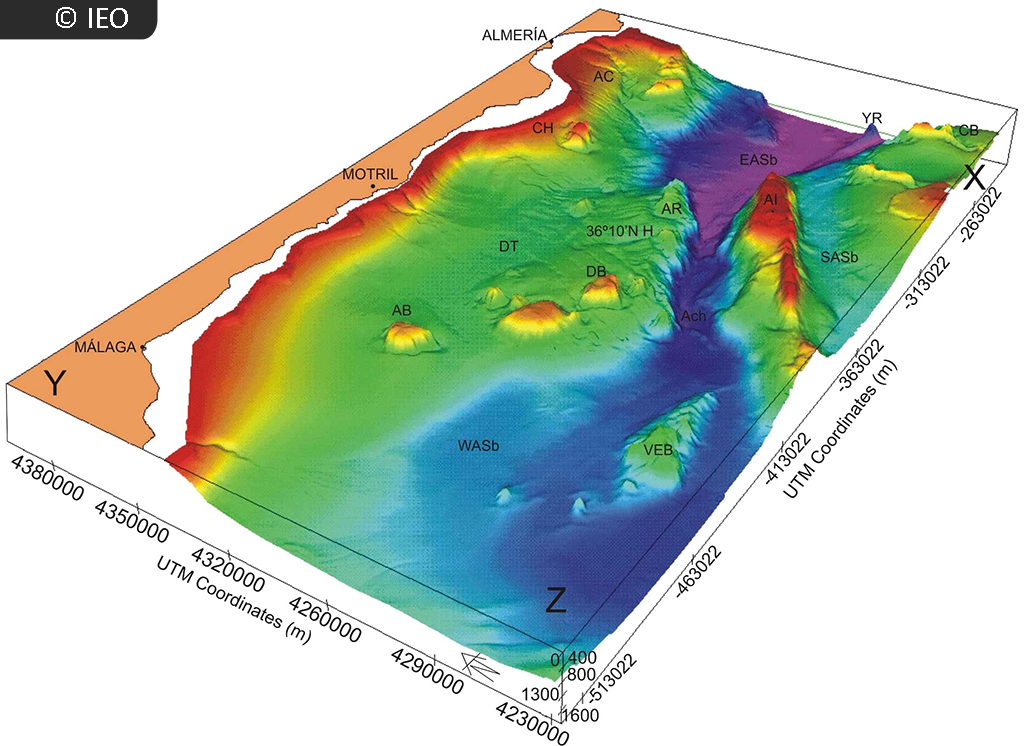Search
Workshop “Knowledge and conservation of submarine canyons of the Mediterranean” 26-27 April 2011
RAC/SPA-IUCN workshop “Knowledge and conservation of submarine canyons of the Mediterranean” 26-27 April 2011
The “Knowledge and conservation of submarine canyons of the Mediterranean” workshop was organized jointly by IUCN Center for Mediterranean Cooperation, IUCN Global Marine Programme, the UNEP Regional Activity Center for Specially Protected Areas (RAC‐SPA) and the French Agency for Marine Protected Areas, in coordination with the General Fisheries Commission for the Mediterranean (GFCM), with the support of the Ministry of Ecology and Sustainable Development of France, and the local support of the Oceanographic Museum (Fondation Albert Ier).
This workshop aimed at gathering information on submarine canyons (geology, ecology, biodiversity, fisheries, etc.) and at discussing on their conservation. It gathered scientists involved in research on submarine canyons, lawyers specialized in Law of the sea, and managers of natural resources at national and international levels. The expected outputs of this workshop were:
- sharing knowledge on, and organizing the drafting of a book on, submarine canyons ecology and conservation;
- compiling arguments supporting submarine canyons conservation and sustainable use.
After the opening and presentation of the participants, the meeting passed review along the first day session to the activities undertaken in the broad region.
The second day several case studies were presented: Rhodos gyre, upwelling area, South Crete canyons, Cuma’s canyons system in the Tyrrhenian, French canyons in Gulf of Lions and Corse also Creus and Menorca channel canyon.
After common work on synthesis of concepts of interest to promote canyons conservation, the following arguments were agreed:
Value for conservation of Mediterranean canyons includes among others:
- Higher primary productivity than their surroundings.
- Linked to cetacean and marine birds’ distribution.
- Key areas for feeding, primary for some species year around and secondary for more ones outside the summer.
- Refuge for cetaceans in periods of oceanographic anomalies, when productivity changes occur.
- They are critical habitat for sperm whales.
- Genetic biodiversity hotspot areas for singular meiofauna and bacterial communities.
- Carbon sink towards deep seabeds.
- Big diversity, differing among different canyons.
- Muddy bottoms in these areas although seemingly monotonous are key for fish production.
- Sessile species notable shallower than 250 m and most notably around 150 m.
- Key areas for fisheries sustainability.
- Refuge for old spawners’ age classes of important shelf commercial species, notably monk fish, hake, red mullet, Norwegian lobster, red shrimp, and blue withing.
- They concentrate surrounding and river outflow pollutants, including also debris, notably ghost nets.
- They are also affected by sand extraction, airgun surveys, and coastal constructions.
- Impact of man is stronger in canyons close to the coast, lesser in open sea canyons




Find Us On...